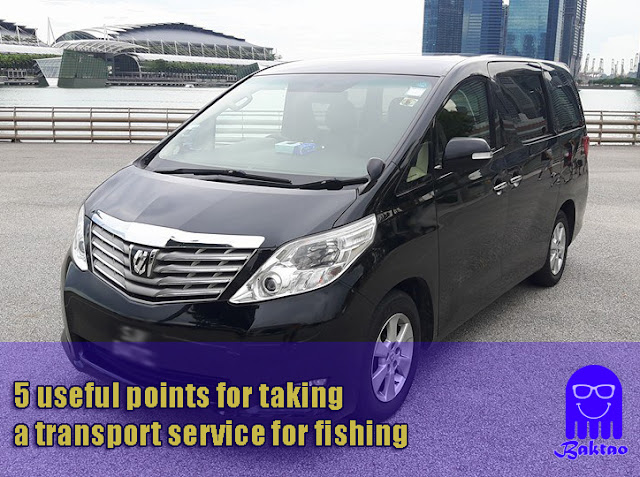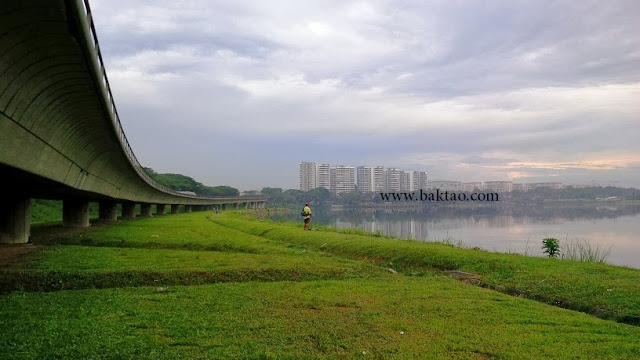Anglers from Singapore are increasingly heading to fishing grounds out of Singapore as Singapore fish stocks decline. Anglers now head to places such as Pekan, Rompin, Sedili, Tioman, Sibu, Penang, Desaru, Pontian and even KL! This has been happening for years now and as anglers go further and further away for their fishing, here are some key considerations that they can look out for. These come from my personal experience and you don’t have to agree with me but here goes. Note that the transport services are also applicable to other hobbies like Diving, Durian Picking and so on. Vehicle Type – Car or Mini-bus The two most common forms of transport would take shape in the form of a Car or a Mini-bus. Most anglers typically form a group of 4 to 6 pax (for a fishing charter). While the Mini-bus should generally be cheaper (due to Diesel fuel), the difference is that you have to get down at the causeway (be it Woodlands or Tuas) and lug your items across to the immigration count...




